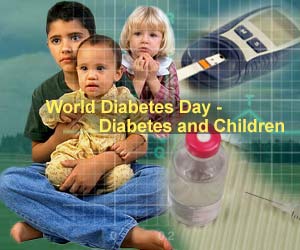Advice,Training,and Support All about Diabetes
Advice
The development of new treatment options - such as tablets, insulin and other hormones, as well as therapeutic concepts - such as training and discussions result in getting richer and more individual options. Each year additional new drugs are developed. In addition we achieve mellitus continuously new knowledge about the treatment of diabetes by scientific research.
The choice for one of these forms of treatment this significantly decides success or failure of the treatment. Basically, the selection is headed by following:
• Medical needs
oAlter and life expectancy
The higher the life expectancy of a person, the higher the risk for damages, also efforts must be more intense, to reduce this. This is possible according to the current state of scientific knowledge.
































